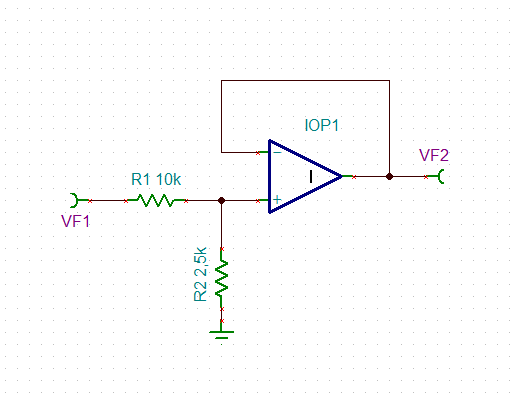I plan to use OPA2192-Q1 op amp to scale down an input voltage using a simple inverting configuration (see figure below). The maximum input voltage I am expecting is 30V, such that the maximum output will be 30 * (-100/499) = -6.01V, which is within the rails. I have read up on rail-to-rail input/output, which mean that the input and output voltages cannot surpass the supply voltages, +15V and -15V. However, in an inverting op amp, the voltage of the inverting input is the same as the non-inverting input, which is a virtual ground. I am just confused about whether I can send an input voltage of 30V because the actual input to the op amp is a virtual ground, or is my input voltage of 30V limited by the supply voltages as well?
-
Ask a related question
What is a related question?A related question is a question created from another question. When the related question is created, it will be automatically linked to the original question.



